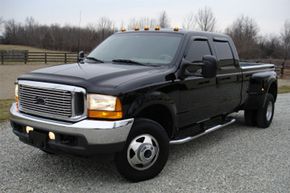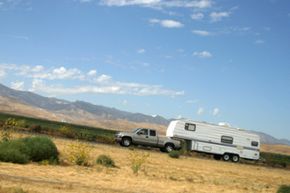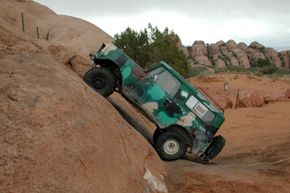It's a situation that every driver is familiar with. You're driving your car up a hill and at the top of the incline is an intersection with a traffic light. The light is red and there are already two or three cars stopped in front of you. You ease down on the brake pedal and come to a stop behind them. Soon, another car pulls up just a few feet behind you.
As the light turns green, you release the brake. If you're driving a manual transmission, you step on the clutch with your left foot and move your right foot to the accelerator pedal. At this point there's nothing stopping your car from rolling backward except the braking force of the engine, and if you're using a clutch even that force is gone. Gravity starts pulling you back down the hill, straight toward the bumper of the car behind you.
Advertisement
What do you do? Do you panic and hit the brake? Do you let your car drift into the next car in line?
Well, probably not. If you've been driving for any length of time, your reflexes take over. You simply step on the accelerator and gradually bring the engine up to speed. If you're driving a manual transmission, you press the accelerator as you simultaneously let up on the clutch. The car moves forward. Disaster averted!
This situation is so familiar that there's a good chance you probably don't even think about it much anymore. Yet somewhere in the back of your mind you may still feel a little uneasy at the first sign of your car rolling backward. Maybe there was a time in the past, when you were fairly new to driving, that you didn't get the car moving forward soon enough and you wound up in a little fender bender. And if you drive an SUV, a truck or a car towing a heavy load, the situation can be far worse. A heavy vehicle moving backward down a hill is difficult to accelerate, not to mention a significant danger to the vehicles behind it. Wouldn't it be nice, in this age of computerized driving safety gadgets, if someone could come up with a way to prevent this sort of situation from happening before the driver even has to think about it?
Well, someone has. It's called hill-start control, hill-start assist or simply hill holder, and there's a good chance that it's available at an automobile dealer near you. It's a great addition to the bevy of electronic safety and regulatory devices that keep you driving safely. On the following pages we'll look at what hill-start control does, how it works and whether it's a feature you should look for in your next car.
Advertisement



